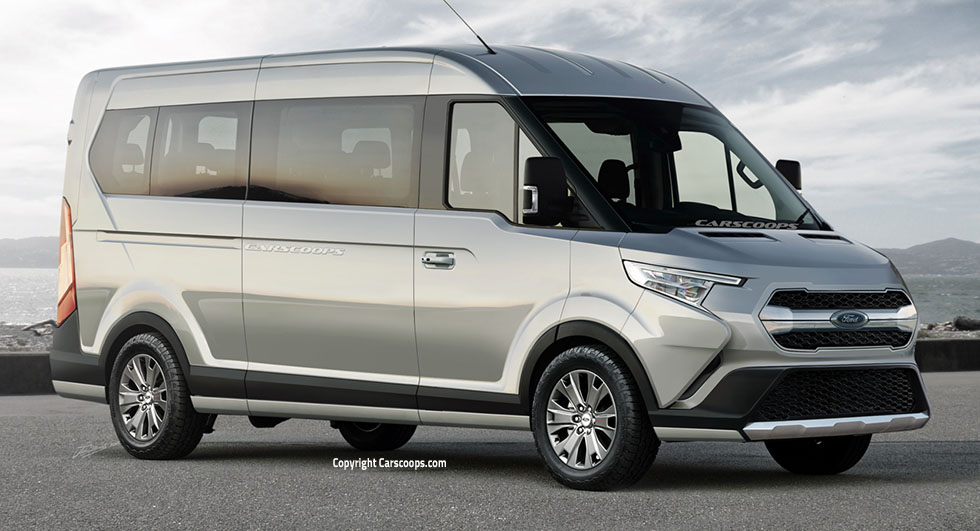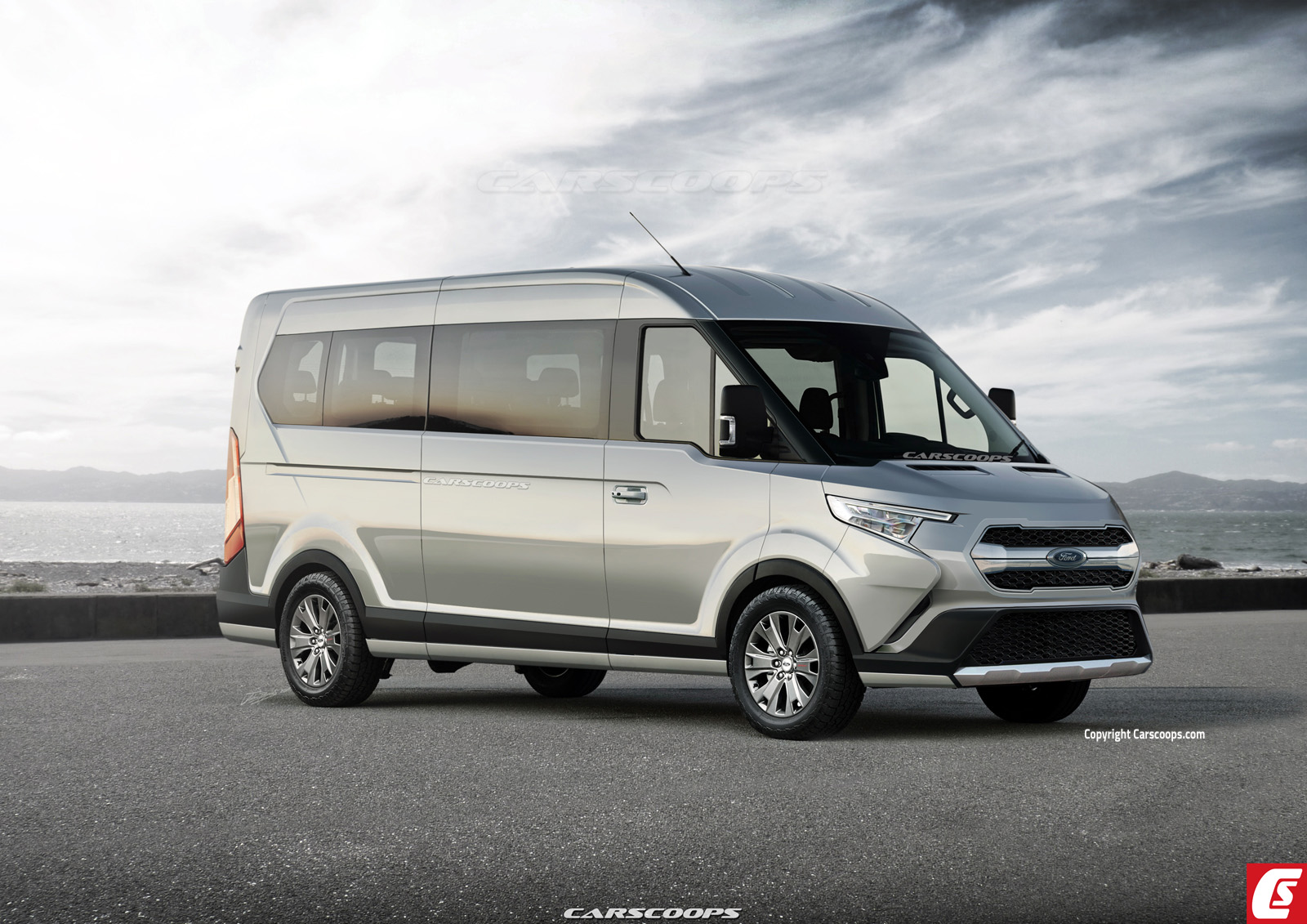Becoming a car designer for a major automaker is one of those defining moments in a product-developer’s career. If you’re lucky enough, your creative freedom can make it onto some the most iconic, stylistic and exciting model lines to ever exist.
Except, that is, if you’ve landed the task of designing commercial vans; here one enters the world of dim, flickering fluorescent lights, terrible instant coffee and design dictated by the tape measure. So when Ford’s Transit emerged to replace the pre-historic E-Series vans, the realm of mail delivery erupted in sheer delight.
But was that excitement misplaced, because, arguably, the current Transit would have to be one of the most hideous excuses for product design I’ve ever laid my eyes on. Sure, it’s just a van; but there’s no need to make by-passers hurl chucks with its frumpy headlamps, awkward proportions and that guppy grille.
How does one tidy up the Transit’s appeal?
Well, for this design study, removing most side bodywork creases and raising the sill-line, helps shed that blow-up, bouncy-castle-on-wheels figure. Blacked-out A-pillars, Ford GT-inspired lower front-end and angular hind quarters transform it from Mr. Blobby into something much more contemporary.
Changes the cabin would be most welcome too. Whilst there are no issues with the current van’s interior volume, the cockpit is a horrid mess of conflicting shapes, panel alignment and lackluster appeal. Inspiration taken from the upcoming Fiesta, mixed with F-150 brawn, could transform the Transit’s cabin into a much nicer place to roll around.
Ford’s recent announcement about hybridizing the next Mustang and F-150 could arguably benefit Transit the most. An electric assist system with mountains of torque would be ideal for a large commercial van in high payload and stop-start applications.
However, if you think hybrids are the work of witchcraft, there is also Ford’s EcoBoost range of petrol V6’s to fall back on – along with a potent 3.0-liter turbo diesel shared with the new F150. Utilizing the latter’s 10-speed automatic, power could be sent to the rear, or all four wheels.
Also aiding performance and fuel economy could be a diet of aluminum in the body; the blue oval’s pickup range and the new Expedition have benefited from it, as will the next Lincoln Navigator SUV. However, with large flat surface areas, the Transit may need a thicker military grade to reduce flex, dents and punctures.
Yet, one saving grace for the current Transit is that many of its rivals are no better. The Mercedes-Benz Sprinter appears stale, Chevrolet Express is a hat-tip to 1996, Nissan’s NV looks like a corrections-department special and the Ram ProMaster is just an odd-looking, re-badged Fiat Ducato.
Do you agree or are vans like Ford’s Transit just a utilitarian device, with zero cares given? Share your views in the comments below.
By Josh Byrnes
Photo Renderings Copyright Carscoops / Josh Byrnes








